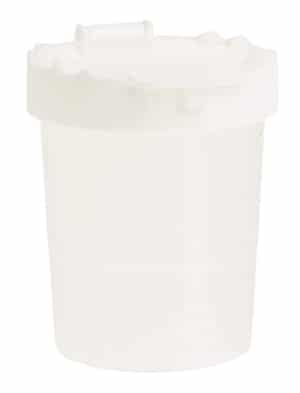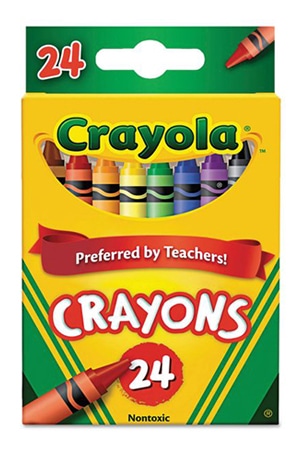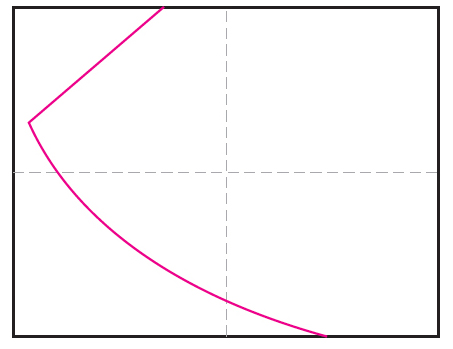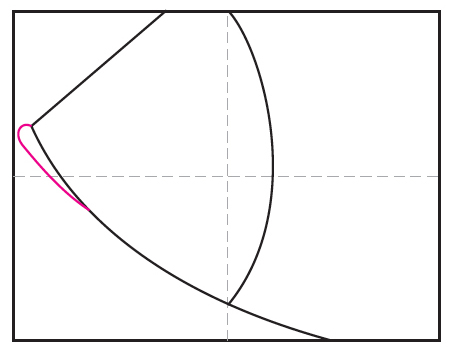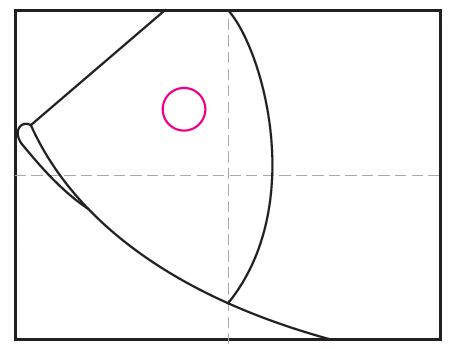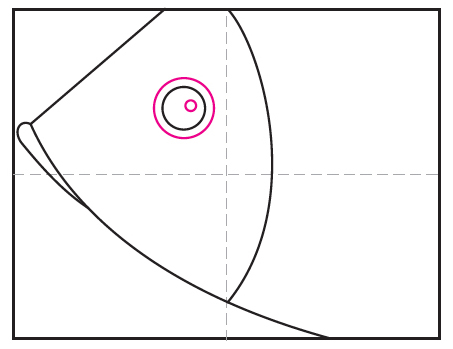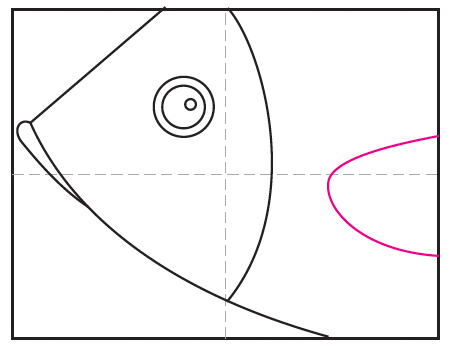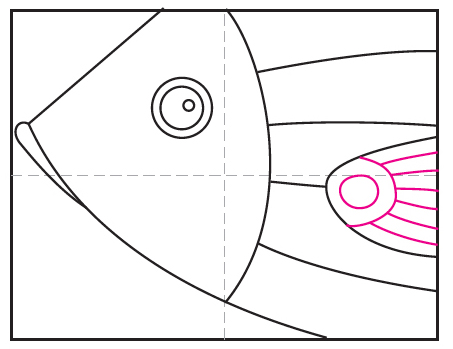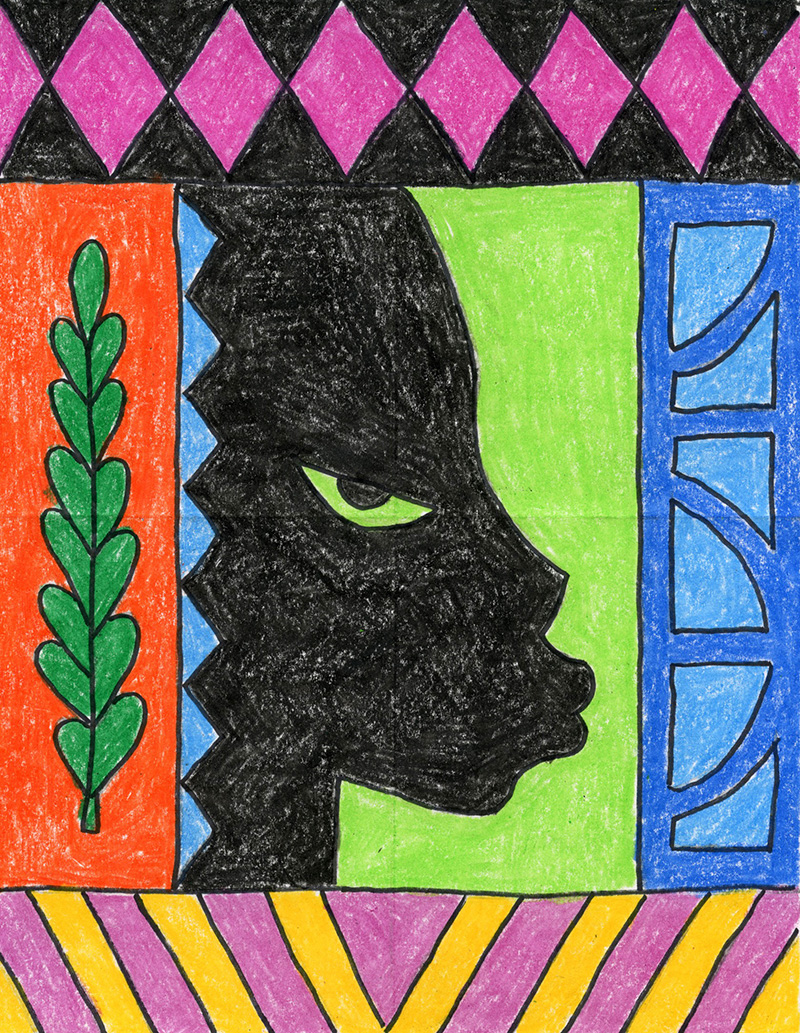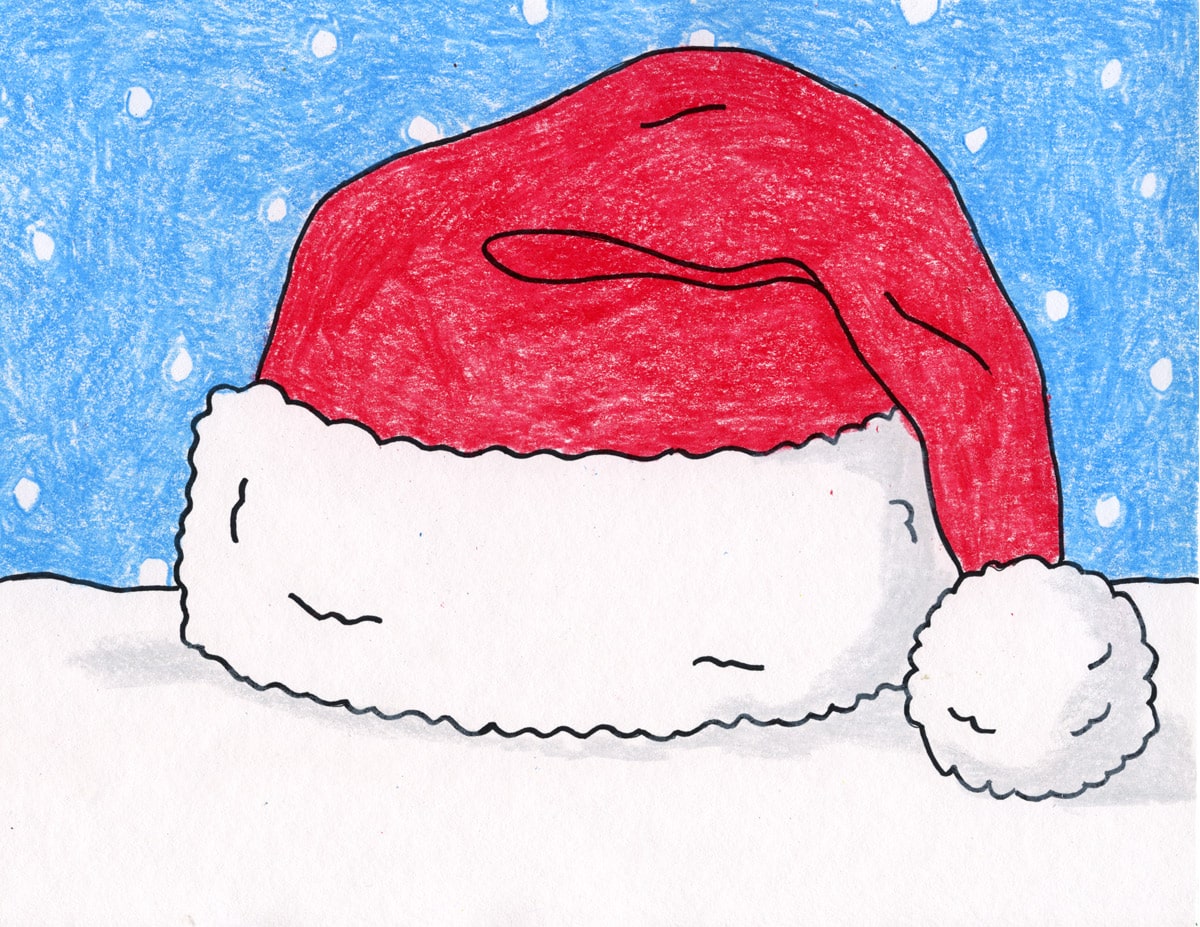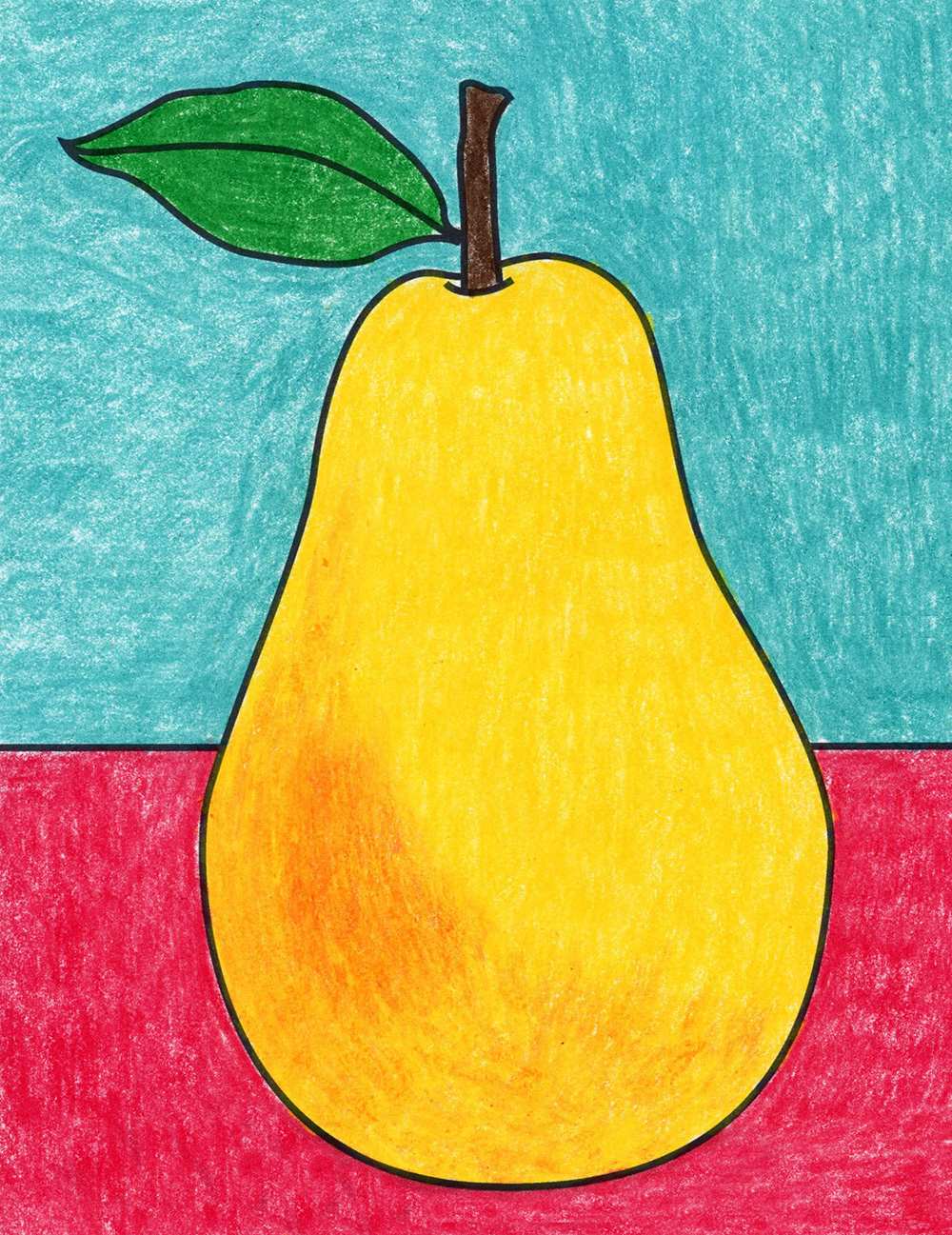Draw and Paint a Colorful Fish Head
Learn how to draw a fish head, and turn it into a colorful watercolor resist painting. Add some metallic marker lines at the end for an extra bit of shimmer.
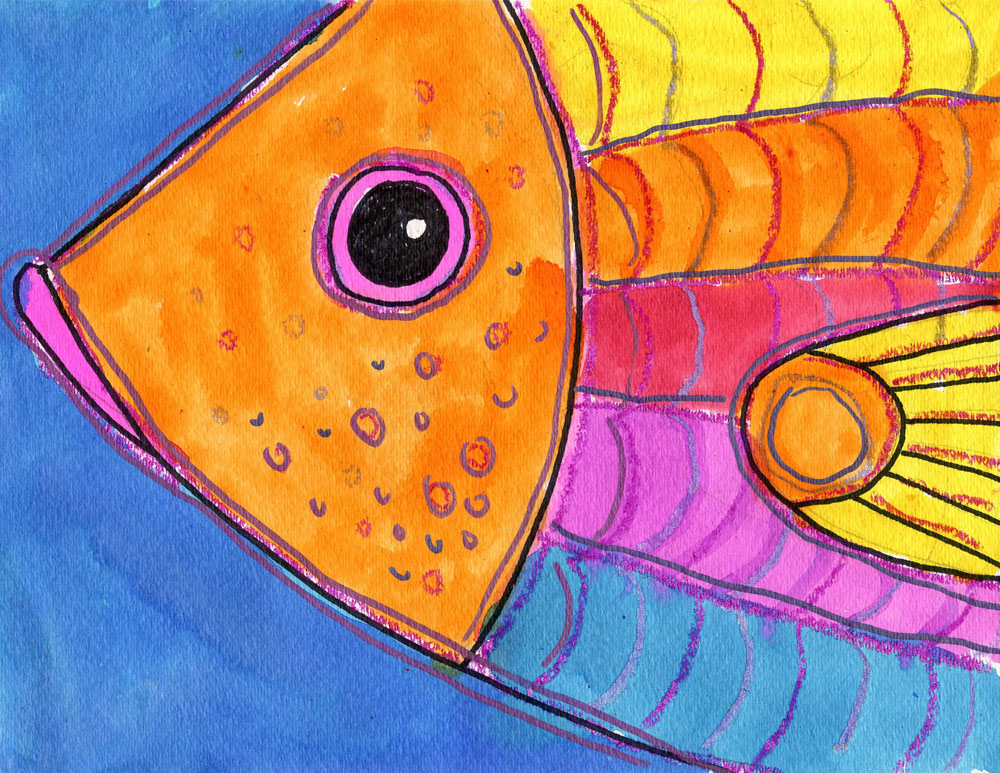
This easy fish painting tutorial illustrates how dynamic art can be when it is up close and and fills the paper. By focusing on just the head, there is so much more room to add highlights to the eye, texture to the face, and lots of curved lines for the scales.
It’s also great subject matter for my favorite watercolor and metallic marker combination. Anyone who has admired fish, has seen the iridescent quality their scales can have. Adding shiny marker lines after the paint is dry, adds a special touch.
Recommended Watercolor Paints for Kids
For those with small classes or limited budgets, painting with the tray watercolor paints will work fine. And it’s always better than not painting at all. But for those that have a bit of a budget, or want to make sure some project turns out extra colorful (hello art fundraiser?) then here is this art teacher’s conclusion, after years of classroom experience.
For starters, go online and find liquid watercolor paint. There are different brands, and I was never disappointed in any of them. They come in somewhat of a concentrated form in a bottle, so I believe I used to add about 25% water to them in a drip-proof cup WITH a brush before handing them to the students.
The great thing about having them in liquid form is that students can just concentrate on filling in spaces. They don’t have to figure out how much water to add to a tablet, and how much brushing to do to get enough color, but not too much. For older students, that may sound like a simple task, but for kinders or those who have never painted before, it can be a challenge.
And don’t EVEN get me started on those tablet trays that are misused and end up brown because the brush was never cleaned in between. Even if you only have a small class, those trays are a pain in the you-know-what and are a total drain of valuable energy, whether you try to teach students not to do that, or somehow get stuck cleaning up the mess yourself.
Nope, just say no to the trays, YES to liquid paint that can be passed around, and requires only some quick rinsing of brushes at the end of the day.
Oh, and DO try to get real watercolor paper, if possible. Drawing paper will not let those pretty colors shine, and even multi-media paper doesn’t keep all that pretty blotchy texture that watercolor paper creates. I know, it can be pricey, but like I said, if you want to increase the odds that your students make an extra bright and colorful painting, those two supplies will make all the difference in the world.
Pin me to your Pinterest Board

Preview of the Step by Step Fish Tutorial
MATERIALS
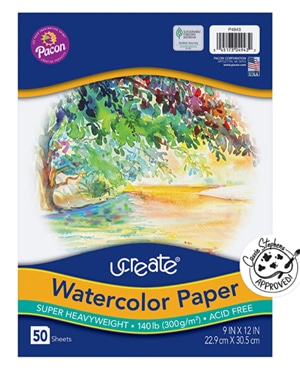
Note: This post contains affiliate links. If you click and take action, I will be compensated a small amount at no expense to you.
- Watercolor Paper.
- Real watercolor paper always makes the watercolor paint much more vibrant.
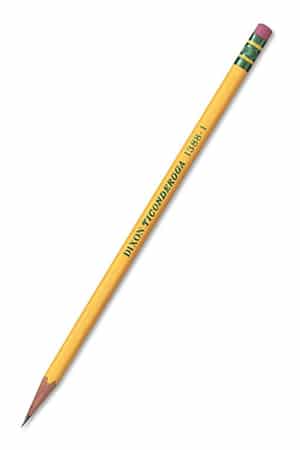
- Pencil.
- The Ticonderoga brand are the most reliable, make nice dark lines when you need them, and are the easiest to erase.
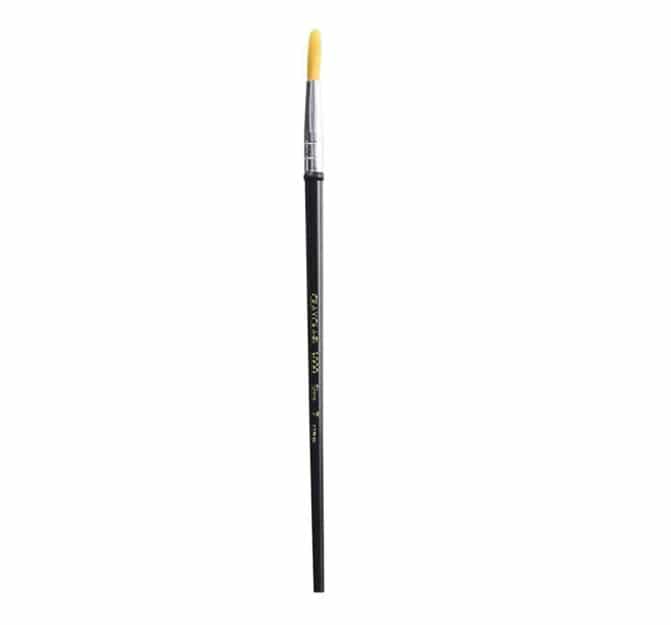
- Rounded Watercolor Brush.
- A good paint brush can make all the difference in the world. Who can paint small details with one of those big floppy brushes? This style with a sturdy rounded tip were my hands down favorite.
DIRECTIONS
Time needed: 1 hour
How to draw a Fish Head
- Draw the outline of the head.
- Add the curve of the face.
- Add a lip.
- Draw a round eye.
- Add a ring around the eye and a small circle inside.
- Draw part of a gill.
- Add four stripes on the body.
- Draw gill details.
- Trace with black marker, add crayon patterns, paint with watercolor. Add metallic marker lines.
